Professor and Student Find a Surprisingly Verdant Landscape Far North
By Rebecca Goldfine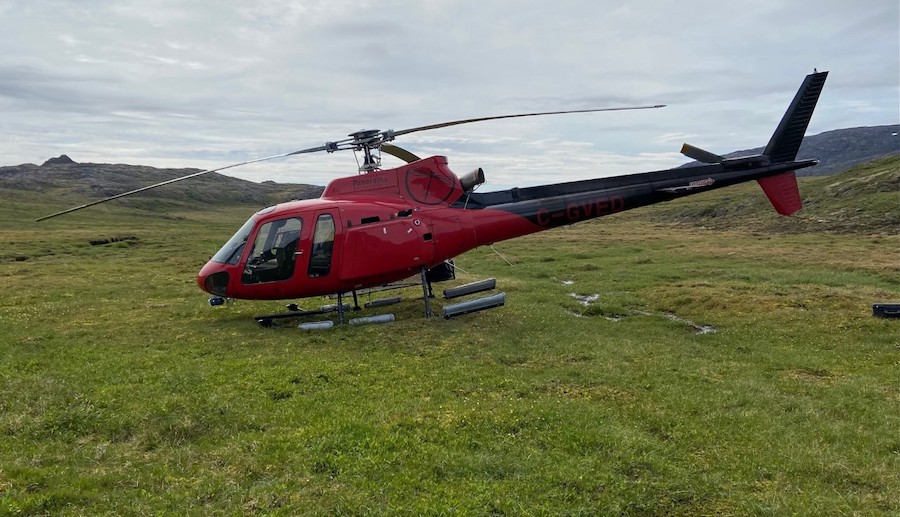
Soon after arriving in Iqaluit, Baffin's main town, Camill and Gunther knew they were in a land changing more quickly and dramatically than they had anticipated.
Their research team—which also included Lehigh University PhD student Alexis Stansfield and St. Olaf College professor Charles Umbanhowar Jr.—put down their bags in the Nunavut Research Institute, where they were lodging. Then they ventured on foot to the tundra outside of town. Camill was the first to spot a clump of Sphagnum moss, and the others quickly found a few more small patches nearby.
Sphagnum is one of the major peat mosses of the north and the largest source of soil carbon. Because it doesn't decompose well, it ends up stocking away large amounts of carbon in the ground, as deep as ten meters.
The next day, they flew on their chartered helicopter to their first site to begin collecting soil samples. As they passed over the landscape, they looked in amazement at the greenery stretching for miles. Their helicopter touched down on a carpet of moss within a large, lush valley. "It was incredible!" Gunther said. "That was the moment we realized we would find a lot there."
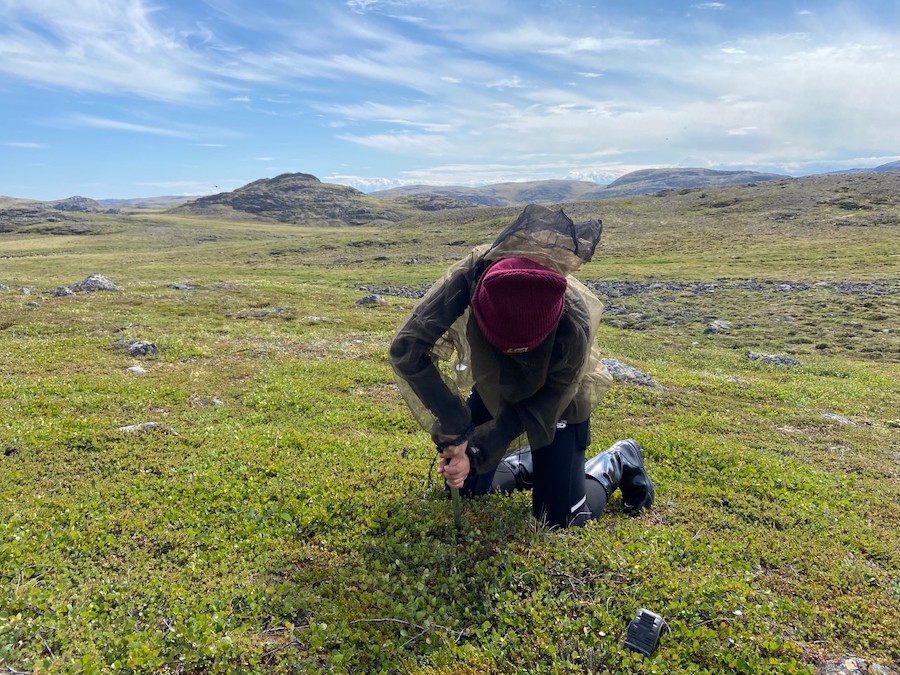
The team had traveled to Baffin Island to investigate the presence of moss—particularly Sphagnum peat moss—in a region that has, for thousands of years, been barren, cold, and dry.
But as the climate warms, sections of the high Arctic—traditionally a cold and inhospitable region—are becoming wetter and warmer, causing shifts in its vegetation. Scientists are studying this phenomenon closely, because as the land is taken over by mosses and other plants, it will absorb and store more of the excess carbon dioxide produced by human activity.
"As things green up, these regions can soak up carbon from the atmosphere," Camill said. "And there's this question of, what is the balance: Is the higher Arctic going to green more than the lower Arctic and boreal will brown?" Browning refers to areas losing peat as they dry up, get hotter, and decompose and burn more.
Many scientists were uncertain about the role Baffin Island—which is approximately the size of Spain—was playing in this carbon seesaw.
While it's assumed that the high Arctic is "poised to explode in terms of peat initiation," Camill said, he and his team observed that on Baffin, peat bogs "have already initiated; there is already peat everywhere."
Once in a Lifetime Moment
With colleagues and students, Camill frequently travels to the Arctic in the summertime to collect soil samples, which provide clues about how warming is affecting landscapes and their carbon dynamics, and how landscapes in turn are feeding back on climate change.
Each time he heads north, he collects more data and publishes new findings, adding new pieces of knowledge to our understanding of how global warming is progressing.
But on this trip, the finding was on a grander scale than usual. "As a scientist, this is kind of a special discovery, to be able to say, 'Wow, there is a really important peat moss group in an area that no one has really talked about.'"
And though Camill and Gunther say the potential stabilizing impact on the climate of a greening Baffin Island is likely not very significant in the global carbon cycle, it still makes a difference.
"To prevent the really serious impacts of climate change, you have to do everything you can," Gunther said. "While it doesn't feel like this discovery offers a big hope for the future, we are showing that there is something in the natural environment that can act as a feedback to mitigate warming. That is worth knowing about and is valuable."
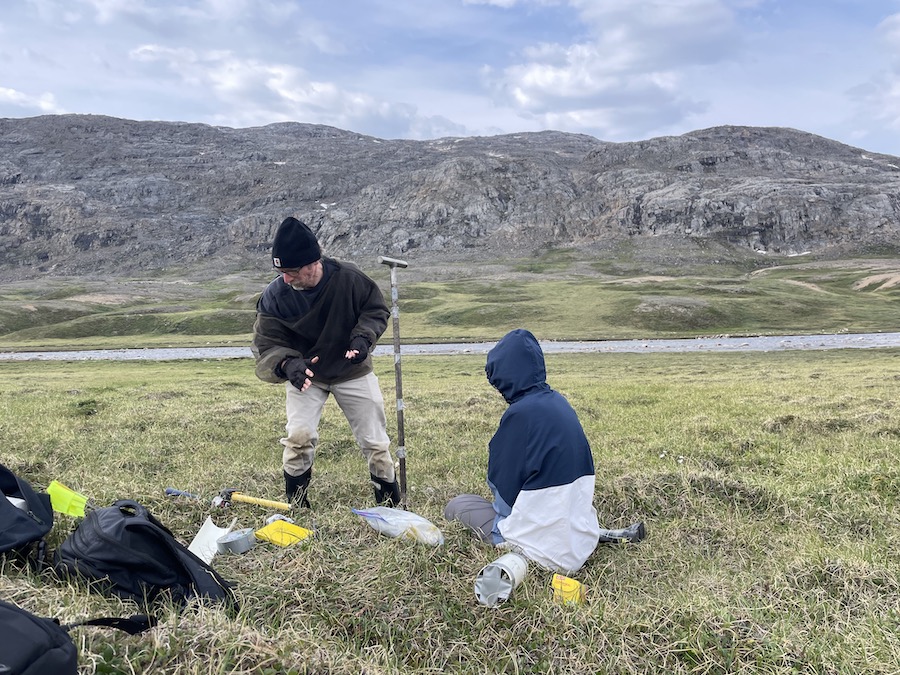
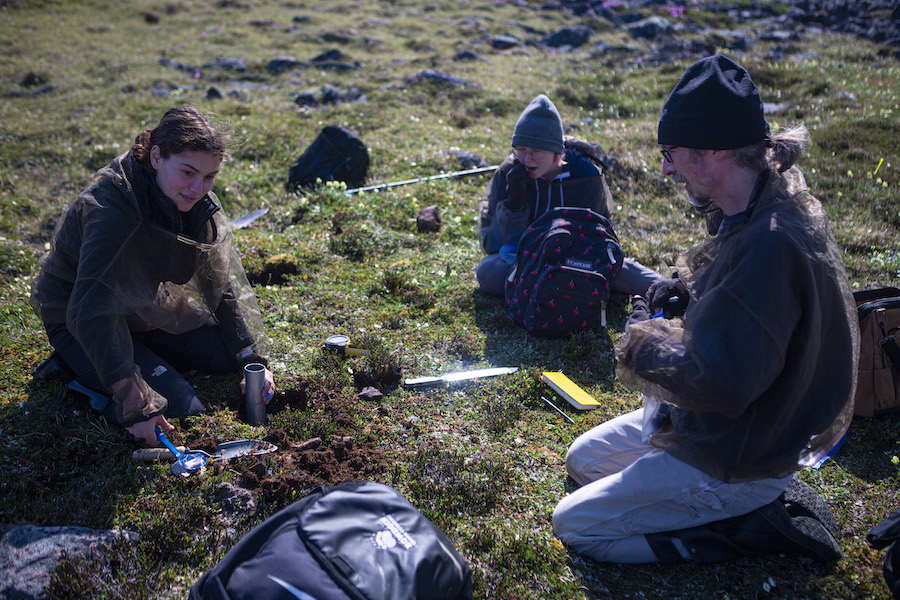
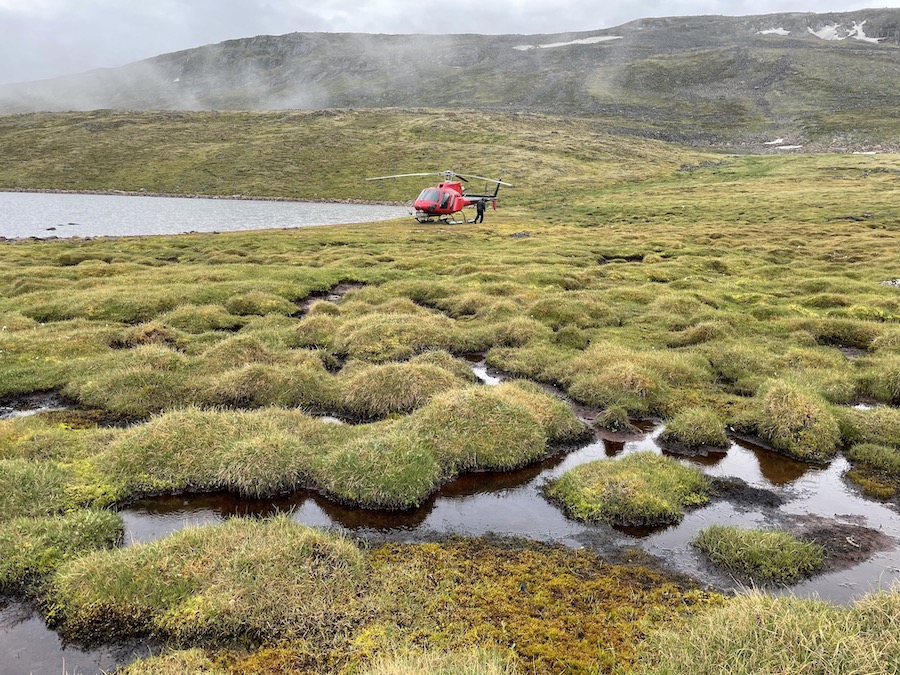
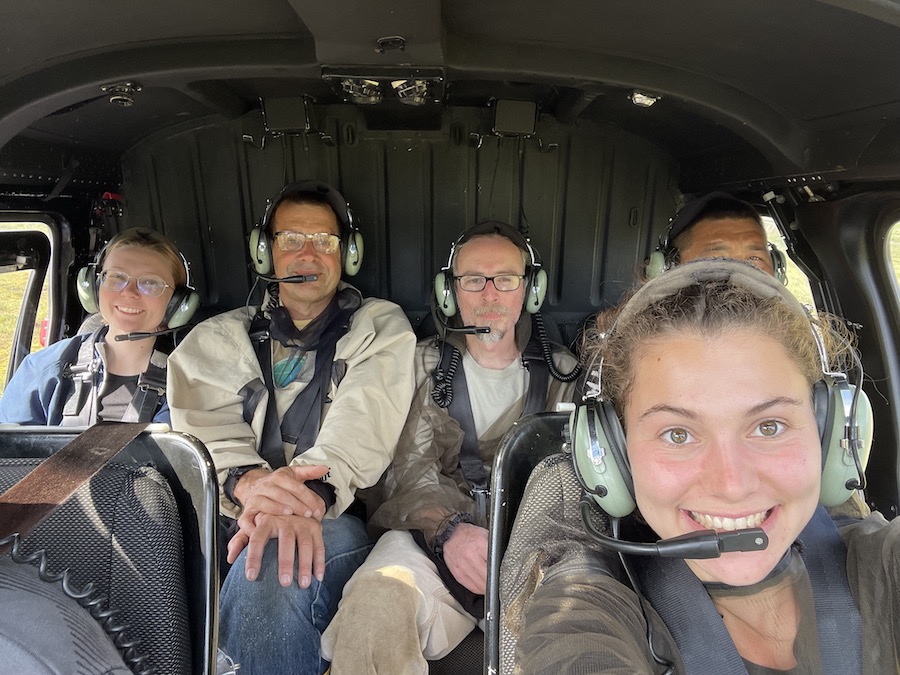
Clues Pointing to a Green Oasis
Camill's colleague Umbanhowar, a plant ecologist who uses remote sensing to map vegetation, was the first to suggest that southern Baffin Island might be worthwhile to explore.
"He developed a greenness index based on the vegetation cover," Camill said, "so you can tell from the remote sensing satellites how green the landscape is. It's a first cut of where peaty areas are likely to be."
“There are no trees anywhere, there is no darkness. The landscape reorients you when you're up there. And these particular landscapes are spectacular geologically, with valleys and beautiful rock outcroppings and river terraces. And the greenness of the peat landscape was beautiful.”
—Phil Camill
Over two weeks, the researchers visited seventeen sites within a 100-mile radius of Iqaluit (the range of their helicopter fuel supply). At each site, they took soil samples to take back to the lab for testing.
One of the first questions they're seeking to answer is when Baffin's peat bogs initiated. "We now know the peat is there in huge abundance, so it's just a matter of radiocarbon dating the basal layer to figure out when it started. Is it 6,600 years old or 100 years old?" Camill said. Glaciers retreated from the landscape about 6,600 years ago, so the bogs could have begun growing anytime since then.
A source for information could also include the Inuit of Baffin Island, who are chronicling shifts in seasons, animals, and plants. Camill referenced a well-known book by Inuit elders called The Caribou Taste Different Now. "They talk about things getting shrubbier, and that the trees are getting taller and showing up in areas they formerly weren't. They are seeing the landscape greening," he said.
The research team will also try to determine the extent of peat on the island, and how much more it might green in the future.
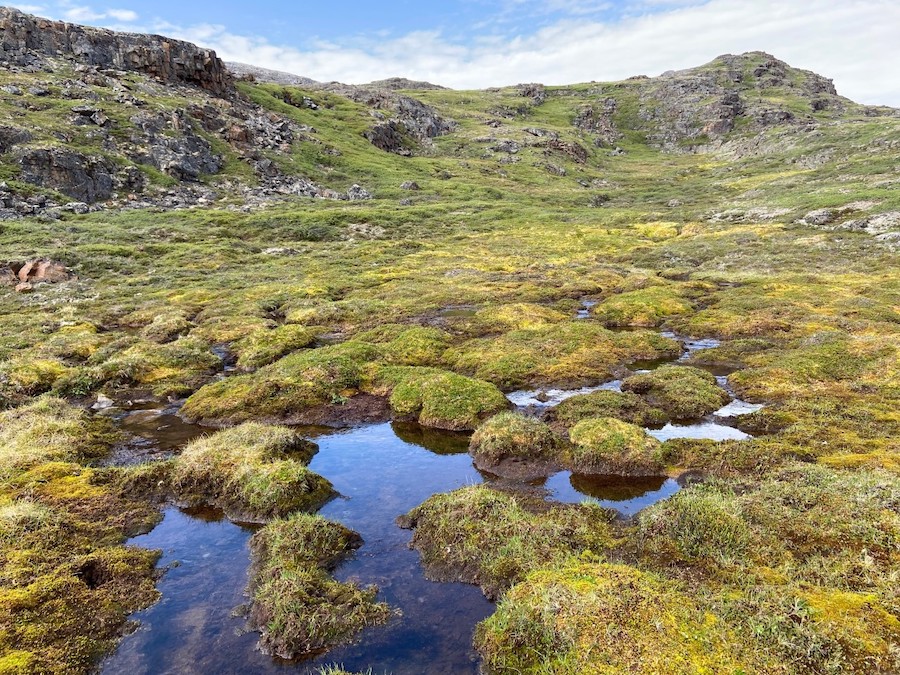
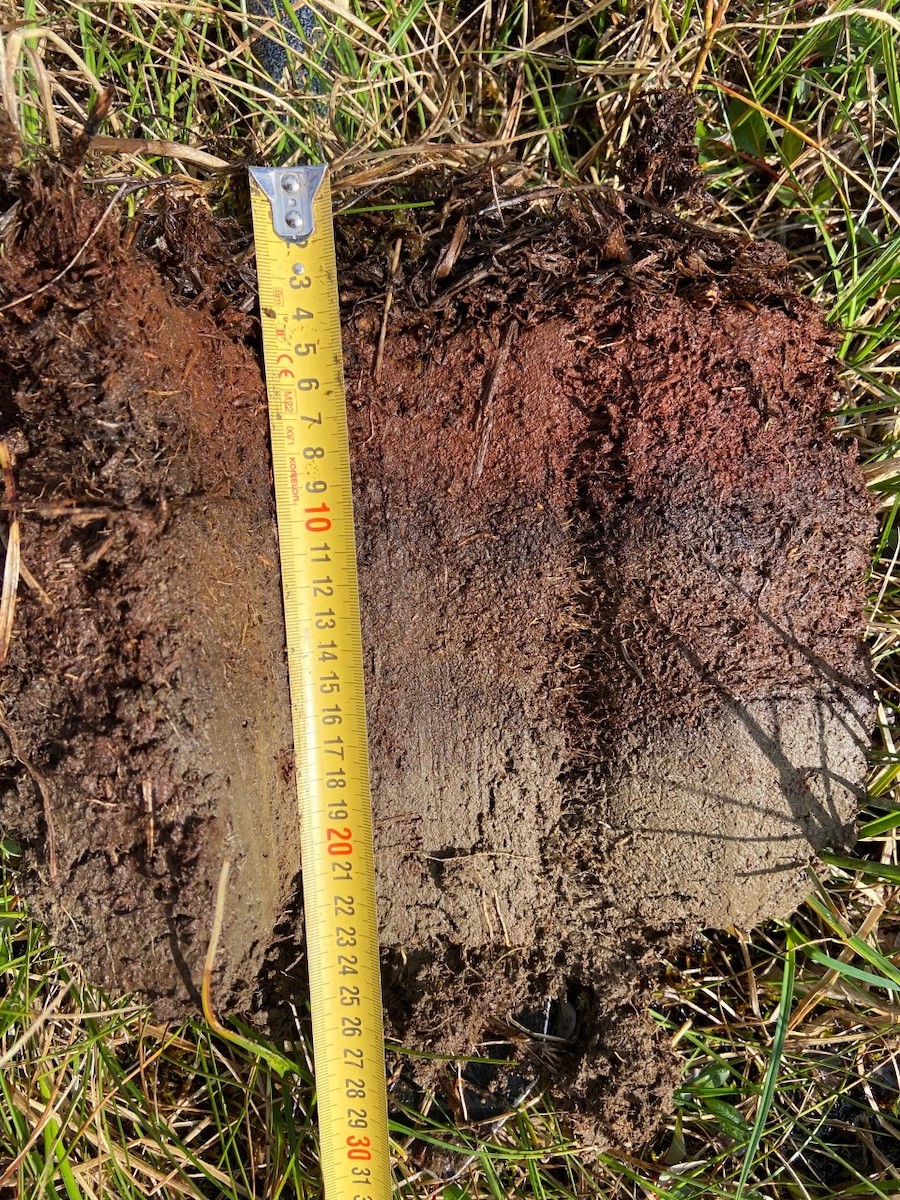
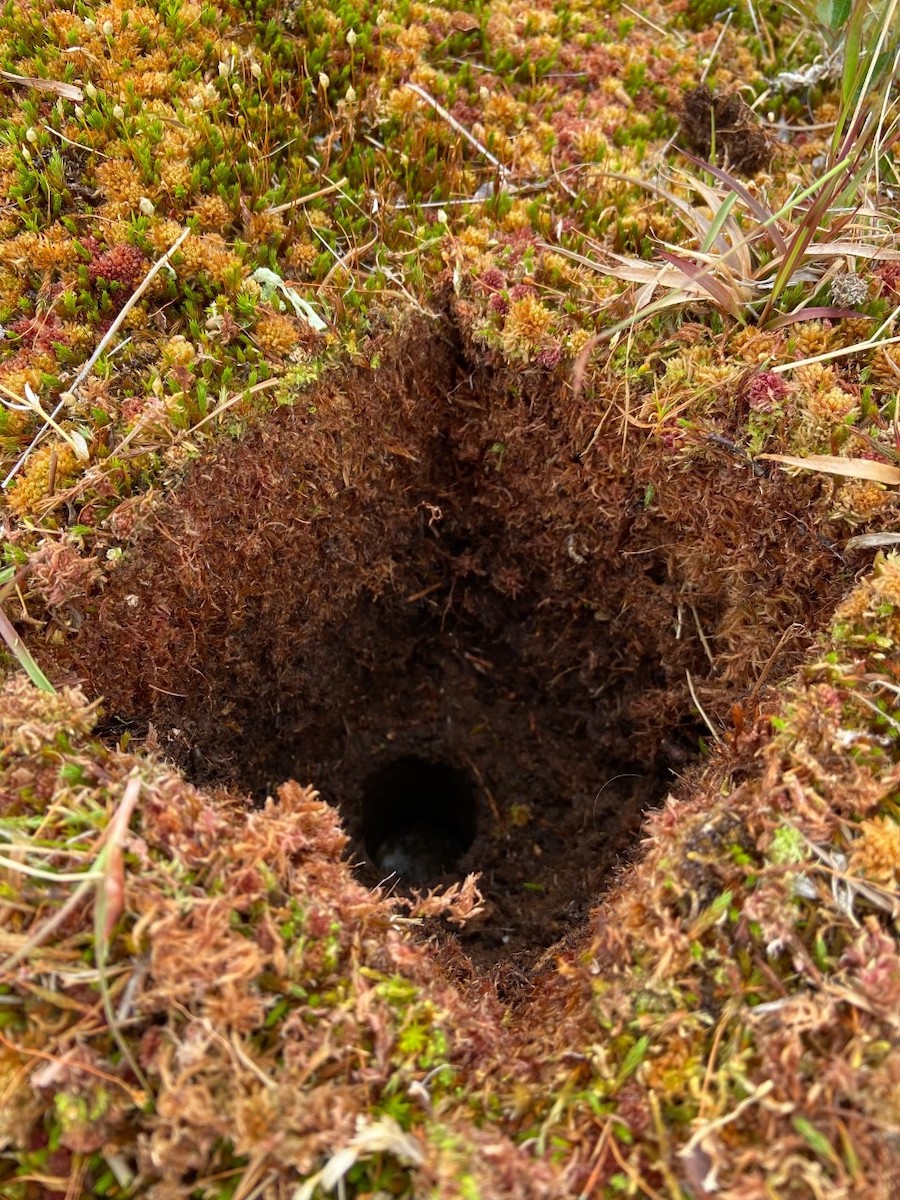
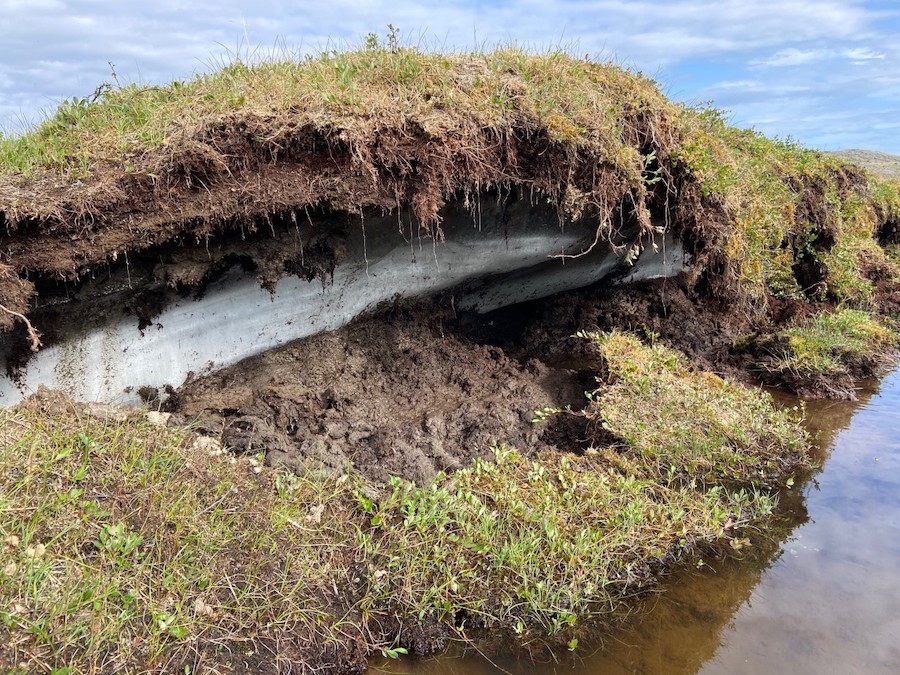
Gunther, who is majoring in earth and oceanographic science, and in environmental studies, specifically is looking at how the land's vegetation and topography—its hills and valleys—affect peat formation and carbon storage. She will write her findings up for publication and for a senior-year honors thesis. So far, "we see that the most peat-forming regions are trending with low-lying water retaining areas," she said.
"It's been amazing for me to start this project for myself, and I am working on a topic that is so exciting. Plus, getting to travel for field research was really special, and I think it will be rewarding to carry my research through a whole year," she said.
Calculating the carbon in Arctic or boreal areas is an active and challenging area of research, Camill said. Scientists couple their soil measurements, determined via soil samples, with remote sensing to map vegetation and soil types across large areas. They then can estimate how much carbon is in an area.
Now, new, higher-resolution remote sensing is giving scientists a better insight into the changing land. "Using the old resolution sensors, we were underestimating the amount of the peaty low-lying areas," Camill said. "With the new remote sensing data and soil carbon estimates, we might double or triple the amount of how much carbon we know is in these soils—which is cool."